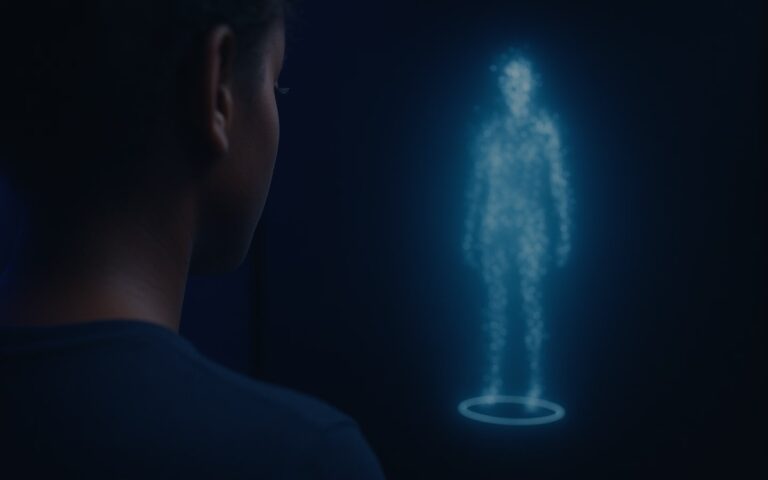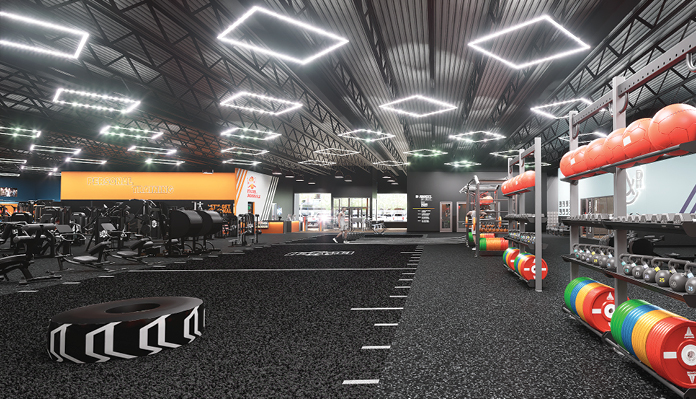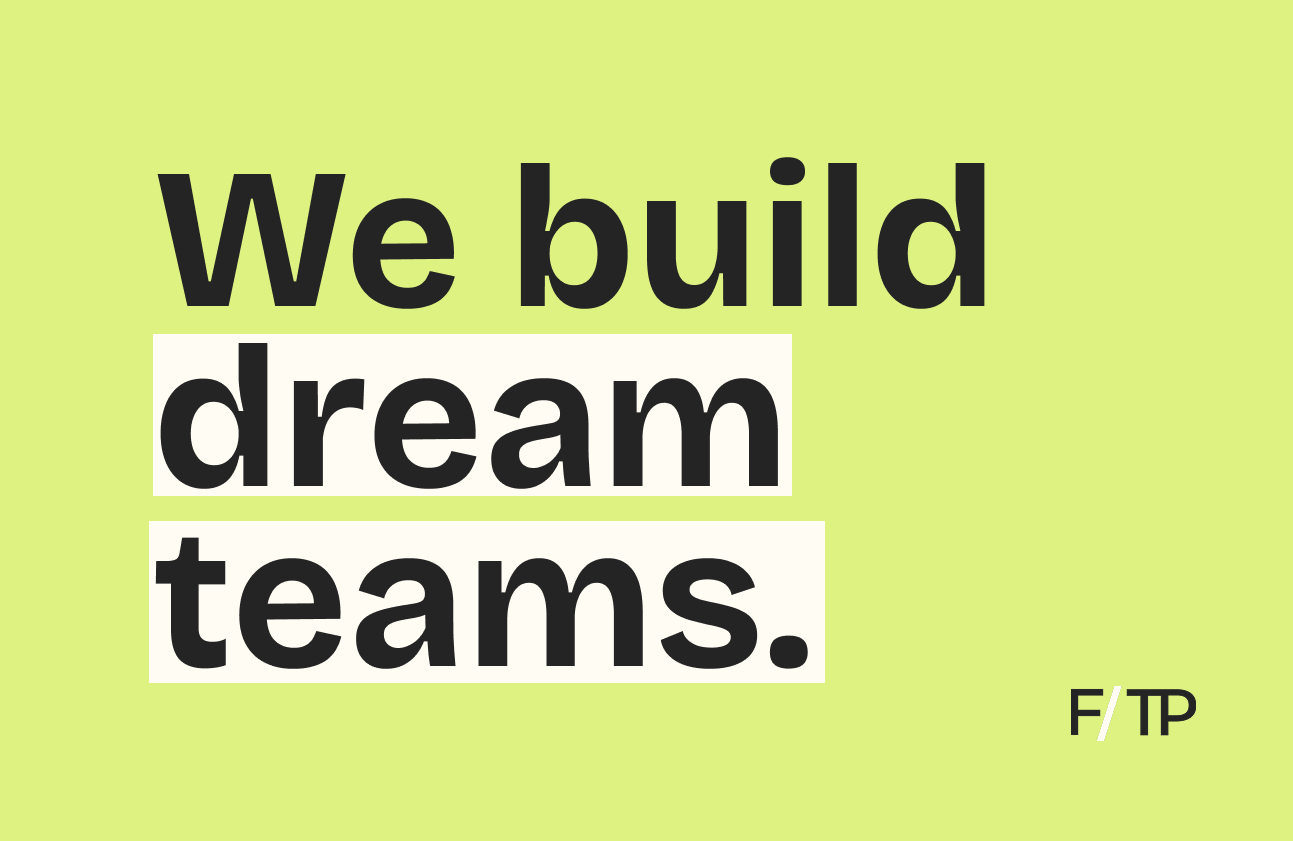In this Q&A, you’ll hear from Chris Peng, co-founder and CEO of Labfront, an analytics engine unlocking real-time physiological data for academic and independent researchers. Chris shares how his own experience as a researcher led to designing software that collects and analyzes biometrics from consumer wearables.
Can you tell us about what you’re working on at Labfront?
Chris Peng: With the increasing proliferation of wearable trackers, there are now more ways than ever to collect real-world physiological data. At Labfront, we aim to help researchers unlock and understand the hidden meanings within wearables data, delivering insights that can then be used to take the key to personalized health and medicine.
But to do that, we need better scientific studies and research. Specifically, the types that take into account the real-world environments that people live in every day.
On that front, there is growing consensus within the scientific and medical community that sterile research environments do not reflect what real people are experiencing as they live their lives. As researchers ourselves, it made us question whether interventions that only work within a lab are viable solutions.
Therefore, we wanted to make a product that helped others collect data in the real world. So, we focused on building an analytics engine that works with consumer wearables like Garmin and Polar and turns those devices into powerful data capture tools.
In addition to working with consumer wearables, Labfront’s robust platform also processes timestamping, event tracking, questionnaire data, and more. And the combination of input flexibility with our practical project management features is helping us achieve our goal of becoming the all-in-one data capture and management tool among academic researchers.
How did you come up with the idea? What key insight led you to pursue this opportunity?
CP: Before Labfront, there was an internal R&D data collection tool that collected waveform data from a Bluetooth-enabled ECG. When our team was sharing our work at conferences, we would continually have other researchers asking if they could use our tool for their own projects. That’s when we knew we were on to something.
Digging into it more, we found that not only were many researchers sharing our needs, but the market itself did not have anything to fill this gap. Aside from the clinical trial/pharmaceutical research sector, there had been almost no real innovation or investment in new products for decades. (And as many of Fitt Insider’s readers will likely agree, pharmacological treatments are rarely the ideal solution for many of the problems faced by the general public.)
Plus, since these tools were designed for pharmaceutical research, they tend to be cost-prohibitive to the majority of academics. So, our focus at Labfront became accessibility. And we aim to support the hundreds of thousands of researchers struggling to make the world a better place.
This is also why we started by utilizing consumer wearables. They’re often more than 10x cheaper than the medical alternatives while also sharing many of the same sensors. As such, they make wonderful tools for conducting scientific research in a way that isn’t blocked by insurmountable budgetary barriers.
How did you turn your idea into a company?
CP: In 2018, we had our first idea Labfront might be a viable business.
From 2019–2020, we bootstrapped the first version and subsequently launched it in 2021. Within a few short weeks of launching our first product, we had customers from Harvard, MIT, and Stanford. We then leveraged that traction to raise $1M from investors.
Since 2021, we’ve accumulated customers from over 100 top US research institutions and universities.
How big can this get? What’s the addressable market and how do you go about capturing it?
CP: The market within the research sector is surprisingly large. This is because our software replaces two core cost centers: data collection and data analysis.
For example, data collection usually requires a research assistant per couple hundred research participants. So, costs go up with the size of the project. However, Labfront is able to reduce those costs by making each research assistant up to five times more effective by automating many of their otherwise time-consuming tasks.
Likewise, data analytics often requires hiring data scientists, bioinformatics engineers, etc. But, Labfront’s no-code visualizer and analytics engine help to mitigate those costs. And in practice, we’ve seen researchers save anywhere from 20–50% of their operating budgets.
Who is the core customer? How are you acquiring customers? And how will you grow the customer base?
CP: Anyone conducting research on humans can likely benefit from using Labfront to help manage their work. Think of it as being a CRM for research projects. Not only does it help you collect data in the real world, but it also raises study adherence by way of sending automated reminders to participants.
To reach new clients and researchers, we’re currently working with nonprofit partners like the American Physiological Society, as well as corporate partners like Garmin that act as channels for us.
Looking at your road map, what are some of the milestones you’re targeting over the next 3-6 months?
CP: Our most recent development has been the launch of Labfront 2 — fully rewritten from the ground up to seamlessly integrate many more features.
And to expand the usefulness of Labfront even further, we’re currently working on adding support for a ton of new wearable devices, including blood pressure monitors, blood glucose monitors, EEG, and more. Additionally, we’ll also be focusing on data visualization and analytics in the coming year.
Finally, in terms of growing our reach even further, we’re planning on expanding our services into the EU by 2023.
Anything else you’d like to share with readers?
CP: Labfront is committed to supporting scientific research, quantified self, and biohacker communities. Thus, we regularly offer monetary grants and discounts to support students and researchers early in their careers.
Along with that monetary funding, we also hope to educate up-and-coming researchers with Labfront Academy — a completely free online platform where you can watch masterclasses on HRV and other topics taught by our team of experts.
If you’re interested in having your company featured in our Startup Q&A series, send an email to team@fitt.co.






